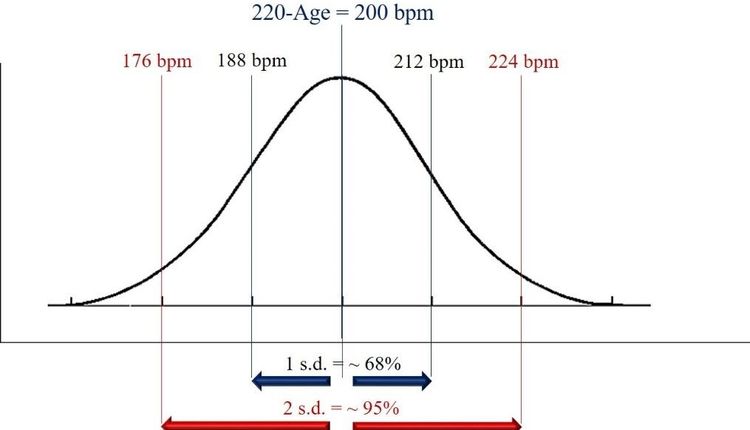Results of the most significant study on neck pain to date, conducted by The Bone and Joint Decade's Neck Pain Task Force and reported in the journal SPINE (1/18/08), uncover prevailing fallacies in the diagnosis and treatment of neck pain. Scott Haldeman, DC, PhD, MD, president of the Bone and Joint Decade Task Force who covered these findings during a recent Webinar, "Dispelling Myths About Neck Pain," (http://foundation4cp.com/NeckandPain.htm) articulated that the use of highly invasive practices, such as surgery, are not indicated when addressing the most common examples of neck pain.
"In contrast, procedures such as chiropractic adjustments are indicated among other non-invasive measures when dealing with these types of neck pain," says Gerard W. Clum, DC, president of California-based Life Chiropractic College West and speaking on behalf of the not-for-profit Foundation for Chiropractic Progress. "There is no best approach that is effective for everyone. While care for bouts of neck pain include education, adjustments/manipulations, exercise mobilization, acupuncture, analgesics, massage and low-level laser therapy, none of these are high-tech or regarded as invasive, and a variety of treatments may be most effective."
The study results emanate from a six-year review of more than 31,000 research citations with subsequent analysis of over 1,000 studies. The multi-disciplinary report, based on research spanning seven years by clinicians and scientists from multiple clinical and scientific disciplines from nine countries and associated with eight collaborating universities in four countries, is widely regarded as one of the most extensive reports on the subject of neck pain ever developed. The study offers the most current perspective on the scientific evidence related to the care and management of neck pain.
The United Nations and the World Health Organization have designated the years 2000 to 2010 as the "Decade of the Bone and Joint." The findings and recommendations of the NPTF are already impacting the manner in which neck pain is perceived, addressed, and studied around the world. The mandate of the Task Force was to make recommendations that could be used as a basis for evidence based clinical practice guidelines for the management of neck pain and its associated disorders.
The report proposes a new four-level classification system for neck pain, with the majority of neck pain problems falling into the Grade I and Grade II categories of this scale. Problems of this type do not involve fractures, neoplasms, myelopathy or radicular pain.
During the webinar, Dr. Haldeman pointed to a number of other neck-related studies. One important report that was presented by the Neck Pain Task Force brings considerable question to the linkage between cervical (neck) manipulation and the development of a unique form of vascular problem known as vertebrobasilar artery insufficiency, or vertebrobasilar artery stroke. The findings from an analysis of nine years of data involving approximately 110 million person years revealed similar incidence of this type of stroke in patients who had sought chiropractic care as in patients who sought the care of general practitioners of medicine.
"Researchers found that the likelihood of having a stroke following a chiropractic office visit is no different from the risk of stroke following a visit to an MD's office," Dr. Haldeman explains.
For more information about the report of the Neck Pain Task Force or the Foundation for Chiropractic Progress, visit www.foundation4cp.com.







